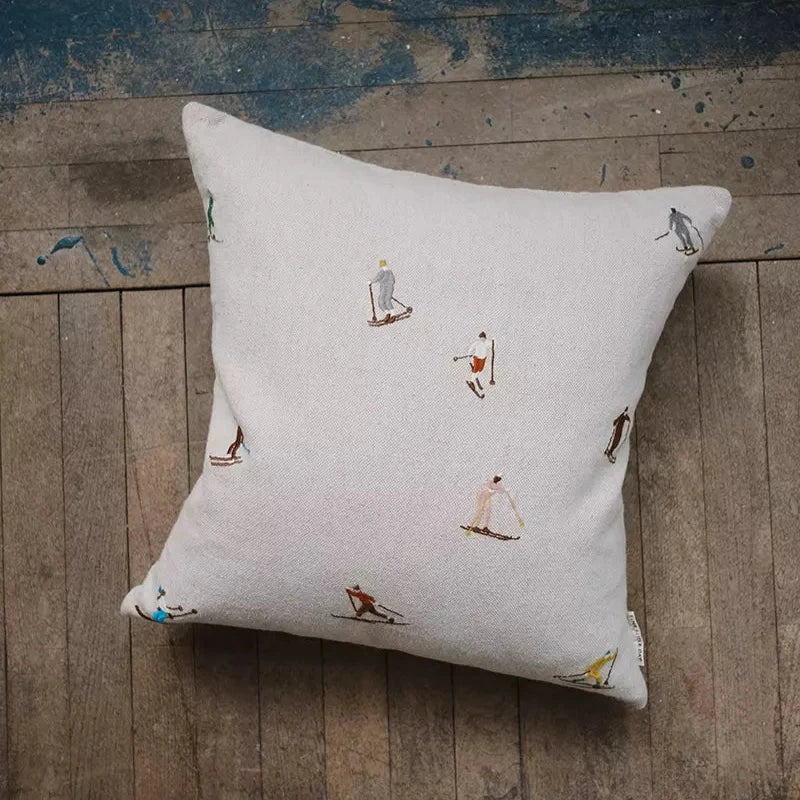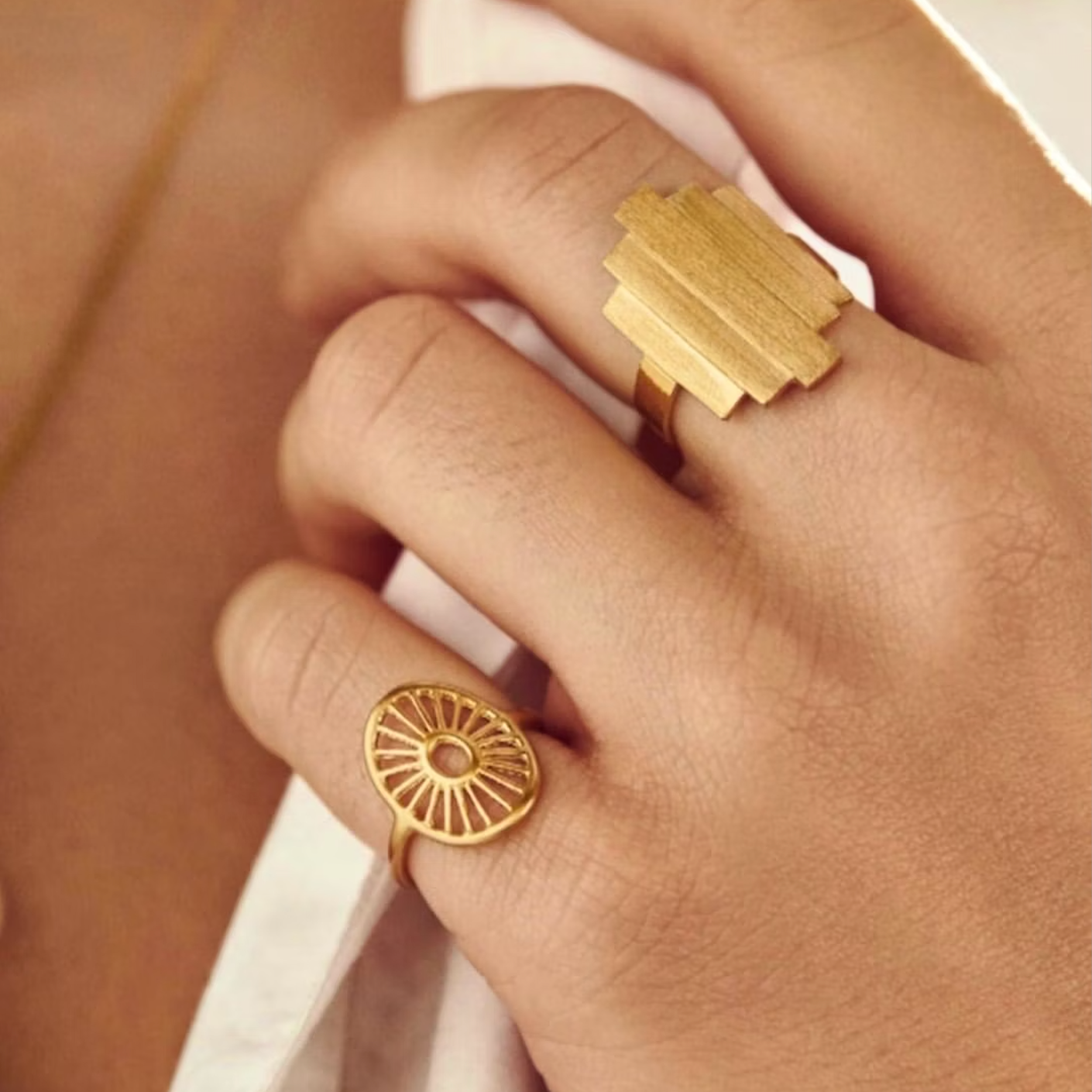Swedish Midsummer - Is it like a Horror Film?
Midsummer is a sacred tradition in Sweden (also celebrated across the Nordics in slightly different ways) and there is a new American Horror Film MIDSOMMAR due out in July which brings this to the big screens.
It depicts a couple who travel to Sweden and attend a Midsommar festival, which is held only every 90 years with pagan rituals they are forced to follow (and then there is some blood and sacrifice judging by the trailer). So how real is this film? Is it based on any truth?
So lets go through some Midsommar Traditions.

THE SHORT STORY
Midsummer is a one of the oldest traditions in Sweden, and is celebrated on a Friday between the 20th and the 26th of June (this year it is held on the 21st June) to celebrate the summer solstice, the longest day of the year (Santa Lucia is held on the 13th of December to celebrate the longest night of the year).
It is a holiday day in Sweden so most people have the day off, and if they are able to they leave the city behind and arrange to meet friends & family in the country, or on an island in the archipelago. Sounds iddilic so far right? Well lets go into some of the details...

THE MIDSUMMER POLE
The day, or in the days before midsummer, an important part of the preparation is getting the midsummer pole ready. You first have to find or buy some long wooden planks and hammer them together to look like a cross. Then you need to insert this into the ground somehow to keep it stable... Not as easy as it seems. Then your party goes out into the forest and collects greenery, preferably birch tree branches as they are bendy, and lots of flowers. The greenery and the flowers are then wrapped and secured around the cross to fully cover it, and you make 2 large circular wreaths which are hung from each arm of the cross.
You also make flower wreaths to wear on your head - a flower crown. Looks beautiful for the first few hours... until you have a drooping flower in one eye and a bug in the other...
The pole standing tall in an open grassy space and the dedicated collective effort going into making it, could maybe lend itself to cult horror, I see that...
There are several different stories as to where the Midsummer pole tradition comes from. One is that it is a symbol of fertility, to celebrate the summer solstice which is quite an easy visual association to make...
A second theory is that it is from Pagan Mythology and it links the underworld, the earth and the heavens.
A third is that it came from Germany at some point during the middle ages (same as the christmas tree) and that farmworkers & students travelled round with this pole and sung & danced to get money and food.
Whichever way it is, the pole is a fixture of midsummer and it just wouldn't be the same without one.

THE DANCING
The pole is not just there for decoration. It is for dancing around. All together. In a circle. Singing and holding hands. This does sound a little ominous.
However if you were to listen to the lyrics of the most popular song to dance to they are translated something like this
'little frogs, little frogs are funny to see
no ears, no ears, no tails have they
Qu-ack-ack-ack, qu-ack-ack-ack,
Qu-ack-ack-ack-ack-kaa'
This really has very little to do with calling on the gods or the underworld....
THE MAGIC & THE LOVE
Oh yes there was magic. The supernatural was seen to be extremely active during midsummer, a night for collecting healing plants and looking into the future. If you rolled around naked in the morning dew it would give you good luck, likewise if you saved a flower wreath to put in the christmas bath.
One way to look into the future was to collect 7 different flowers from 7 different locations (one from a different field) and then you place these under your pillow and you will dream that night of the one you are to marry.
It was traditionally (and still is) a romantic day where you met boys & girls from the surrounding villages, you danced together and then, well lets just say there are lot of Swedes who's birthdays are in March....
 Image: Anders Zorn painting, Midsommardans
Image: Anders Zorn painting, Midsommardans
THE SACRIFICE
In the viking age it is documented that a common event around the summer solstice was 'blot'. This is an old Norse word referring to coming closer to the gods, and making sacrifices in order to win the gods preference. It involved the whole community gathering together in an open space under the heavens & showing themselves thankful to the gods for all that they have been given, by giving back to them.
It was not uncommon for living creates to be sacrificed. This was an honour. Now this sounds more like it. There is even one Blot, the riksblot, which happened every 9 years, where the offering was 9 different beings, including humans. I see where some inspiration has come from for this film... However the last riksblot was held in 1084 so lets keep calm.
During the midsummer blot however you gathered in this circle and sacrificed food & drink, so you ate & drink together, and shared it with the gods. No humans came to harm!
 Image from 'Midsommar' Film
Image from 'Midsommar' Film
THE FOOD & DRINK
The long tables with bountiful food & drink is an absolute must at midsummer, and now it is quite clear to see where this tradition comes from. Midsummer is all about gathering together, singing songs, being merry (& grateful to the gods).
Today the midsummer table consists of a smörgåsbord. Delights include herring, herring salad mix, salmon, meatballs, eggs w. roe, västerbotten cheese pie, potato salad & ofcourse a strawberry cake. It is delicious.
During the viking age, mead (beer) was drunk. That is still true for today - but we have added in the Snaps. Snaps is basically like a shot, most commonly of Aquavit - which has been made in Scandinavia since the 15th century. It is distilled from grains & potatoes and is flavoured with herbs such as dill or caraway. It is strong. Be warned.
Midsummer really is a ver positive experience, and if you get the chance to celebrate it - then please do. Feel no fear.









